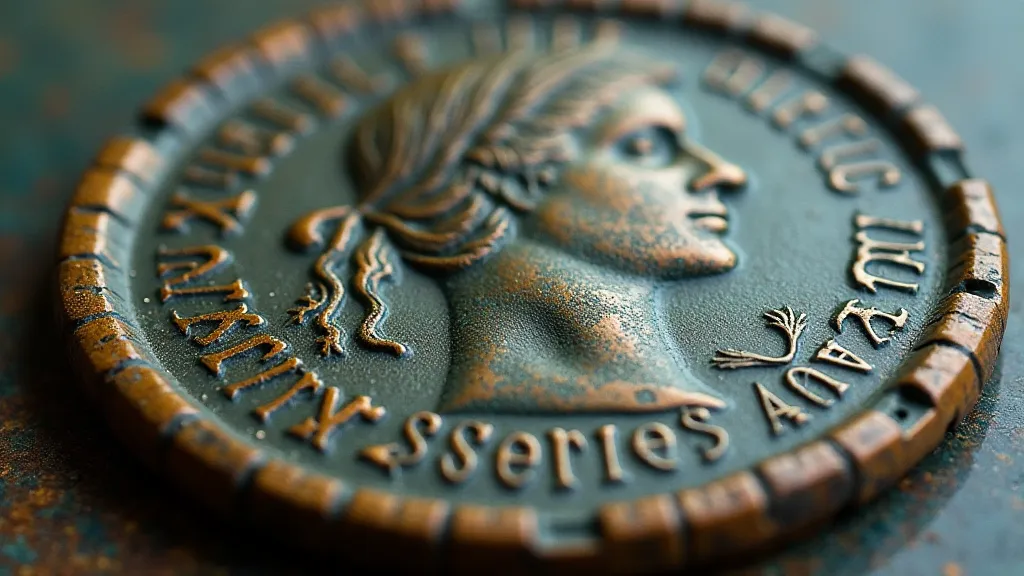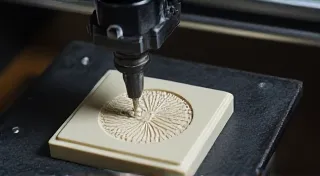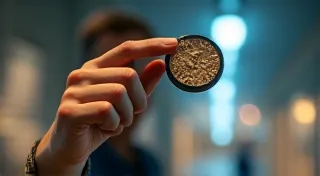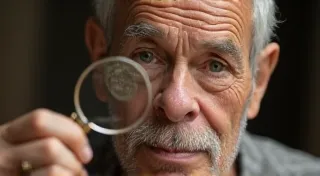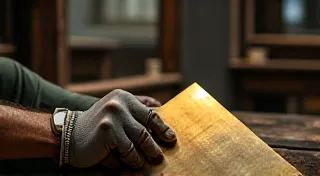Beyond the Basics: Advanced Techniques for Roman Coin Replica Patination
So you’ve mastered the casting and basic cleaning of your Roman coin replicas? Excellent! But to truly elevate your work and achieve a convincingly ancient appearance, you need to delve into the art of patination. This article moves beyond simple polishing to explore advanced techniques for creating a realistic aged and weathered look for your replicas.
Understanding Patina: More Than Just Color
Patina isn’t simply about applying a green layer. It’s the result of complex chemical reactions between the metal and its environment over centuries. Factors like soil composition, burial depth, exposure to moisture, and even the oils from human handling all contribute. Replicating this accurately is challenging, but immensely rewarding.
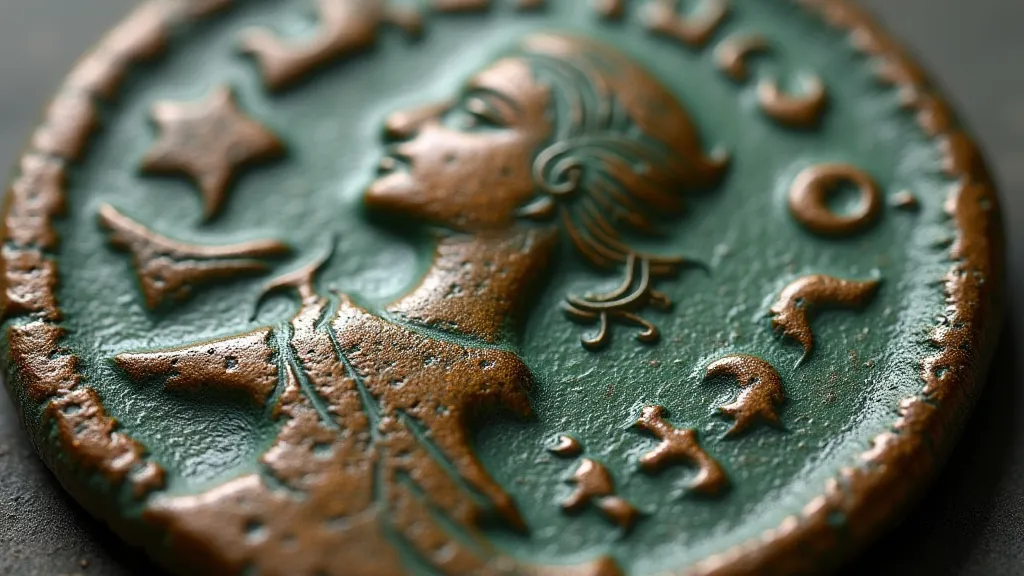
Chemical Patination: Utilizing Acids and Salts
This is perhaps the most common, and most effective, method for advanced patination. The process involves carefully controlled application of dilute acids and salts to the metal surface. Different acids and salts produce different color reactions. Here are a few examples:
- Copper Sulfate: Produces a bright green, often associated with verdigris. Use cautiously – it can be very potent. Dilution is key!
- Liver of Sulfur (Sodium Sulfide): Creates a dark, blackening effect, ideal for simulating heavily corroded areas.
- Citric Acid: A milder acid, useful for achieving a more subtle, even tone.
- Salt (Sodium Chloride): Encourages oxidation and can create varied colors when combined with other chemicals.
Important Safety Note: Always wear appropriate safety gear – gloves, eye protection, and work in a well-ventilated area. Acids can burn skin and damage surfaces. Experiment on scrap pieces first to understand the reaction rates and color results. Small changes in concentration and application time can drastically alter the outcome.
Controlled Oxidation: Mimicking Natural Corrosion
Oxidation is a natural process that contributes significantly to patina. You can accelerate and control this using humidity and specific salts. Create a controlled environment where the coins are exposed to moisture and air. This process takes time—days or even weeks—but it can produce surprisingly realistic results. Consider using a sealed container with a controlled humidity level.
The Subtle Art of Pigmentation
While chemical patination and oxidation are vital, sometimes subtle use of pigments can enhance realism. These shouldn’t be used to *create* the patina but rather to *refine* it. Consider these applications:
- Earth Pigments: Mimic the color of the soil in which the coin might have been buried.
- Iron Oxide (Rust): Applied sparingly, can add a sense of deep age and corrosion.
The key is subtlety. A little pigment goes a long way. The goal is to suggest age, not to paint a color onto the coin.
Simulating Verdigris (The Green Patina)
Verdigris, that characteristic green coating often seen on bronze coins, is a result of prolonged exposure to moisture and air. It’s primarily copper acetate. To realistically simulate it:
- Start with a base patina: Often a darker tone achieved through sulfur compounds.
- Apply diluted copper sulfate: Apply carefully and in thin layers, allowing each layer to dry completely.
- Control the reaction: Monitor the color change closely. Over-application leads to an unnatural, bright green.
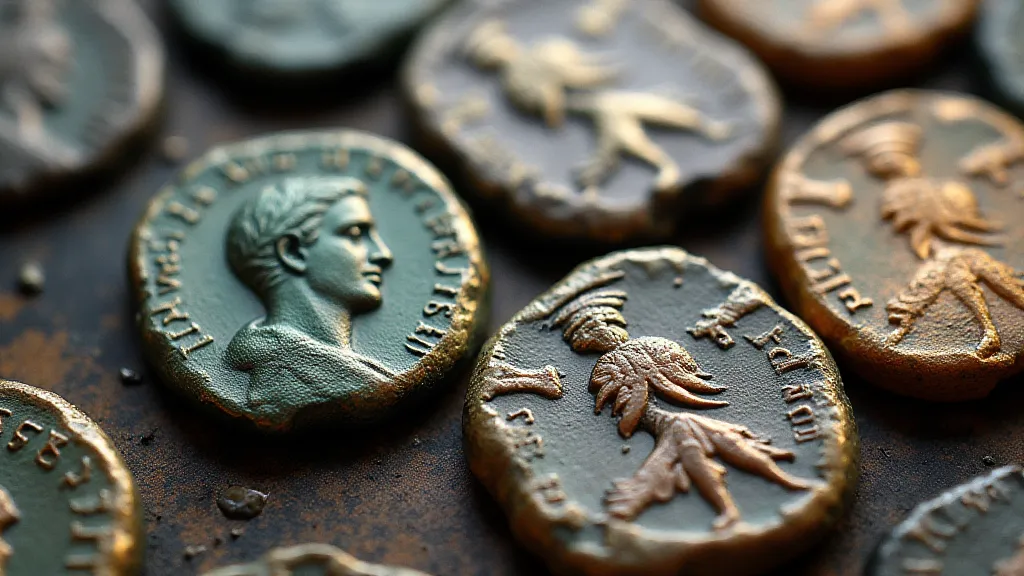
Blending Techniques for Realism
The most convincing patinas are rarely achieved with a single technique. The best results often come from blending different approaches. For example, you might use chemical patination to establish a base color, then use controlled oxidation to add subtle variations, and finally, apply a tiny amount of earth pigment to mimic the specific soil conditions of the region where the coin was originally minted.
Patience and Experimentation: The Keys to Success
Advanced coin replica patination is an art form. There are no shortcuts. Expect failures. Learn from them. Document your experiments – record the chemicals used, the concentrations, the application methods, and the time elapsed. The more you experiment, the better you’re going to get at creating truly convincing antique-looking Roman coin replicas.
